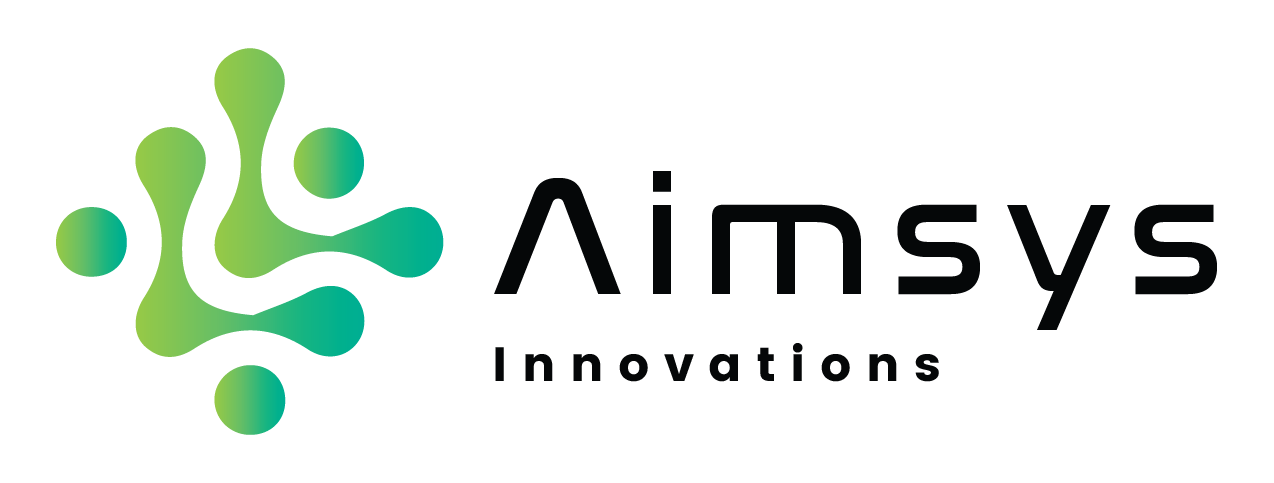Posted At: Aug 13, 2025 - 344 Views

🏥 Healthcare Triage AI Assistant: The Future of Efficient Patient Care
In an era of increasing patient demand, physician shortages, and overwhelmed healthcare systems, the need for intelligent, scalable solutions has never been greater. One breakthrough technology making waves in the medical field is the Healthcare Triage AI Assistant—an AI-powered tool that streamlines patient intake, prioritizes care, and improves outcomes.
Whether integrated into hospitals, telehealth platforms, or primary care clinics, triage AI assistants are transforming the way healthcare is delivered—making it faster, smarter, and more accessible.
💡 What Is a Healthcare Triage AI Assistant?
A Healthcare Triage AI Assistant is a virtual assistant powered by artificial intelligence (AI) and natural language processing (NLP) that conducts preliminary patient assessments, evaluates symptoms, and determines the urgency and nature of care required.
It serves as a digital frontliner, guiding patients through an intelligent conversation, gathering relevant medical history, symptoms, and risk factors before routing them to the appropriate level of care—whether it's self-care, a general practitioner, a specialist, or emergency services.
🎯 Key Capabilities of a Triage AI Assistant
1. Symptom Checking
Patients describe their symptoms via chat or voice. The AI cross-references inputs with medical databases and presents likely conditions or next steps.
2. Risk Assessment
The assistant factors in age, medical history, comorbidities, and symptom severity to assess health risks—flagging urgent cases in real-time.
3. Prioritization and Routing
The AI assigns urgency scores and suggests appropriate care levels (e.g., ER, virtual consult, in-clinic visit) or directs patients to book appointments accordingly.
4. Patient Intake Automation
It collects pre-consultation data, reducing time spent on forms, saving staff hours, and improving clinical efficiency.
5. Multilingual and 24/7 Access
AI assistants are available around the clock, in multiple languages, ensuring accessibility for diverse populations and during off-hours.
🚑 Benefits for the Healthcare Ecosystem
✅ For Patients
- Reduced wait times for consultations
- Faster access to appropriate care
- Empowerment through self-assessment
- Convenience of 24/7 availability
✅ For Providers
- Less administrative burden and improved workflow
- Early detection of high-risk cases
- Better-prepared consults with pre-filled data
- Reduced burnout through automation of repetitive tasks
✅ For Healthcare Systems
- Optimized resource allocation
- Improved patient throughput
- Lower costs through decreased unnecessary ER visits
- Better data capture for analytics and quality control
🔬 How Does It Work?
- Patient initiates chat or voice interaction via app, website, or kiosk.
- AI assistant asks structured questions using branching logic, guided by clinical triage protocols.
- System analyzes inputs using trained NLP models and symptom databases like ICD-10, SNOMED, or proprietary medical datasets.
- Risk scores and care recommendations are generated.
- Data is forwarded to human providers or EHR systems for review and action.
Some advanced systems integrate with telemedicine platforms, enabling seamless transitions from triage to consult.
🔐 Data Security & Compliance
Since patient data is involved, triage AI assistants must comply with:
- HIPAA (US)
- GDPR (EU)
- HL7 / FHIR standards for data interoperability
- ISO 27001 for information security
Leading platforms use end-to-end encryption, consent-based data handling, and role-based access to protect user data.
🌍 Real-World Use Cases
- Primary Care Networks: Automating triage to reduce in-clinic congestion
- Telehealth Platforms: Pre-qualifying patients before virtual appointments
- Insurance Providers: Offering AI-first consultations for claim redirection
- Rural Health Programs: Providing access in low-resource settings
- Emergency Departments: Screening non-critical patients before arrival
🔮 The Future of AI in Triage
- Personalized AI: Tailored triage pathways based on genetic, lifestyle, and wearable data
- Voice-first Assistants: Conversational triage over smart speakers or phone lines
- Integration with EHR and CDSS: Deeper clinical decision support for care providers
- Self-care Pathways: AI guiding patients through OTC treatments or home monitoring
- Federated Learning Models: Improving AI accuracy without compromising data privacy
The Healthcare Triage AI Assistant is not just a tool—it’s a paradigm shift in care delivery. By acting as the first point of contact, it reduces strain on healthcare systems, empowers patients, and enables faster, data-driven care decisions.
As adoption grows, this technology will play a pivotal role in creating smarter, safer, and more responsive healthcare systems—globally.
